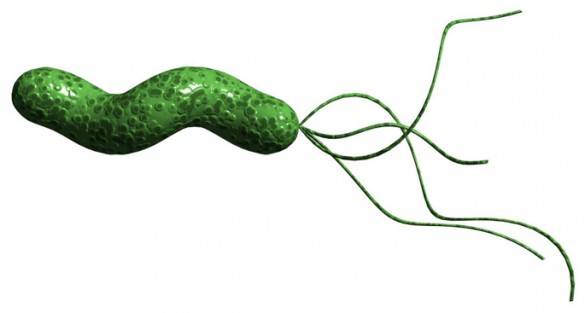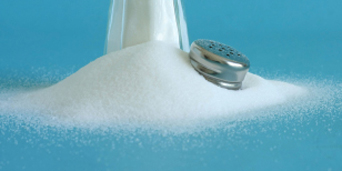by Leigh MacMillan

Infection with the stomach-dwelling bacterium Helicobacter pylori— particularly strains producing the oncoprotein CagA — is a strong risk factor for gastric cancer.
Previous studies found that a region called the +59 motif in the transcript for CagA (the RNA “copy” of the gene that includes the template for protein production) is associated with high levels of CagA protein and premalignant disease.
Now, Timothy Cover, MD, John Loh, PhD, and colleagues have explored how the +59 motif and a nearby stem-loop structure affect CagA gene expression. They found that mutations that disrupt the stem-loop structure reduced levels of the transcript and protein by decreasing the stability of the mRNA. Mutations that altered the +59 motif also reduced transcript and protein levels, but did not impact mRNA stability.
The results, reported in the February issue of Infection and Immunity, point to determinants of CagA gene expression and improve understanding of a factor that influences the risk of premalignant and malignant changes in the stomach.
This research was supported by grants from the National Institutes of Health (AI118932, AI039657, CA116087) and the U.S. Department of Veterans Affairs (Merit Review grant BX000627).














